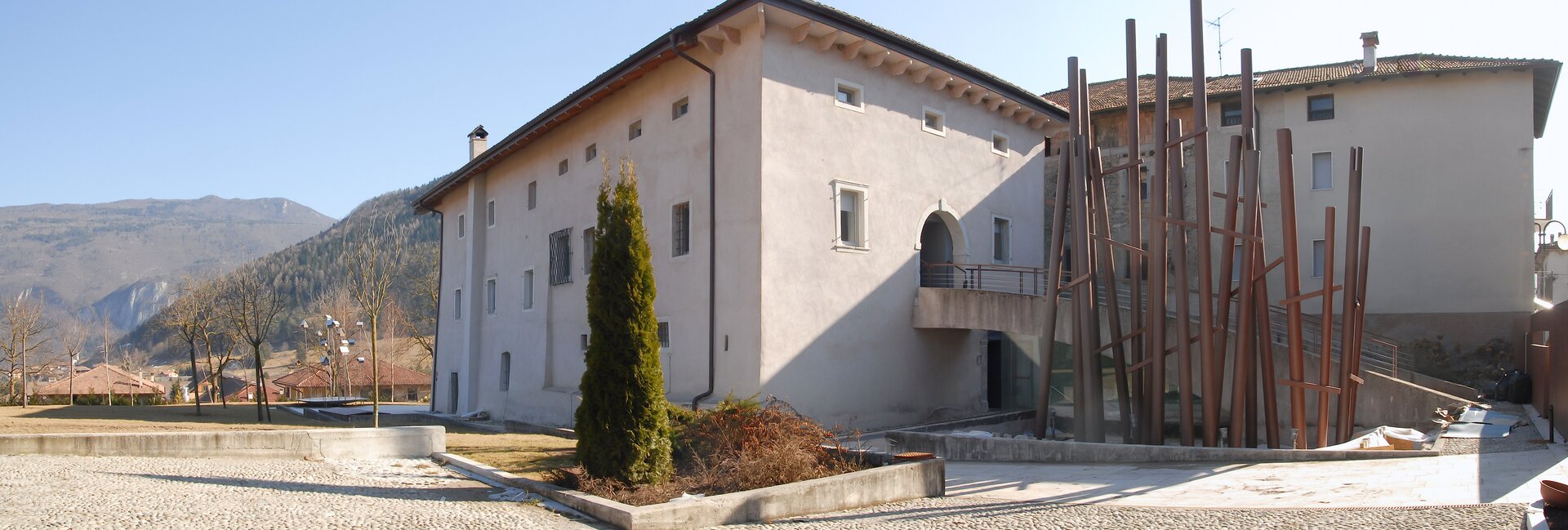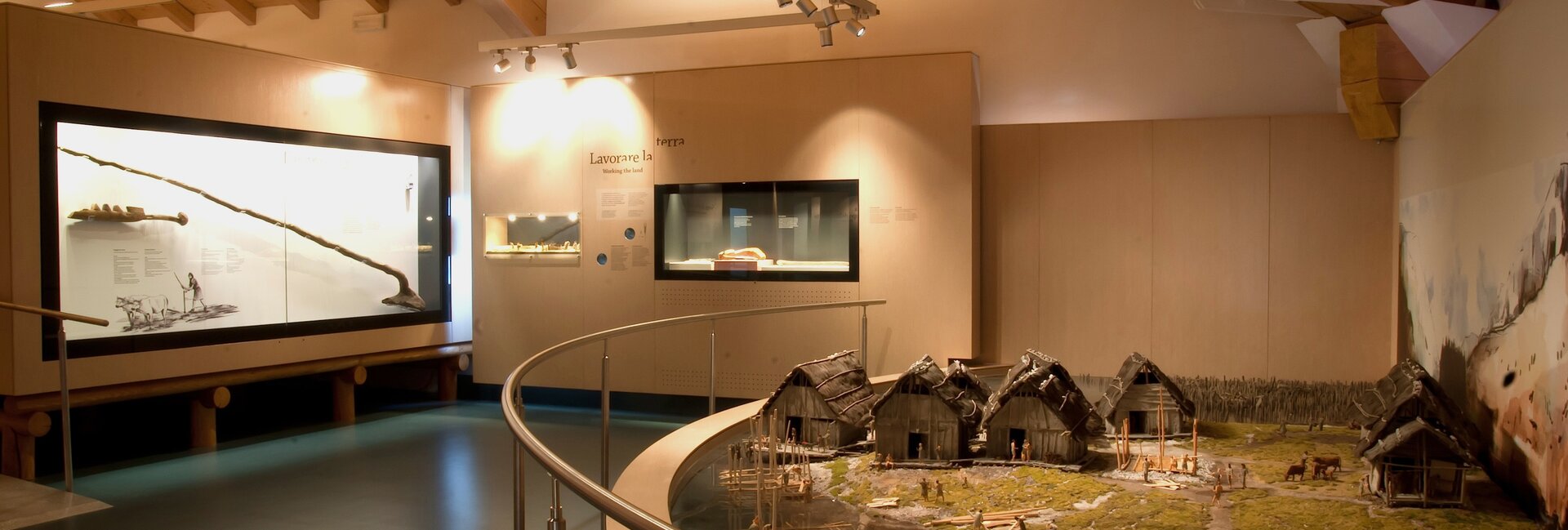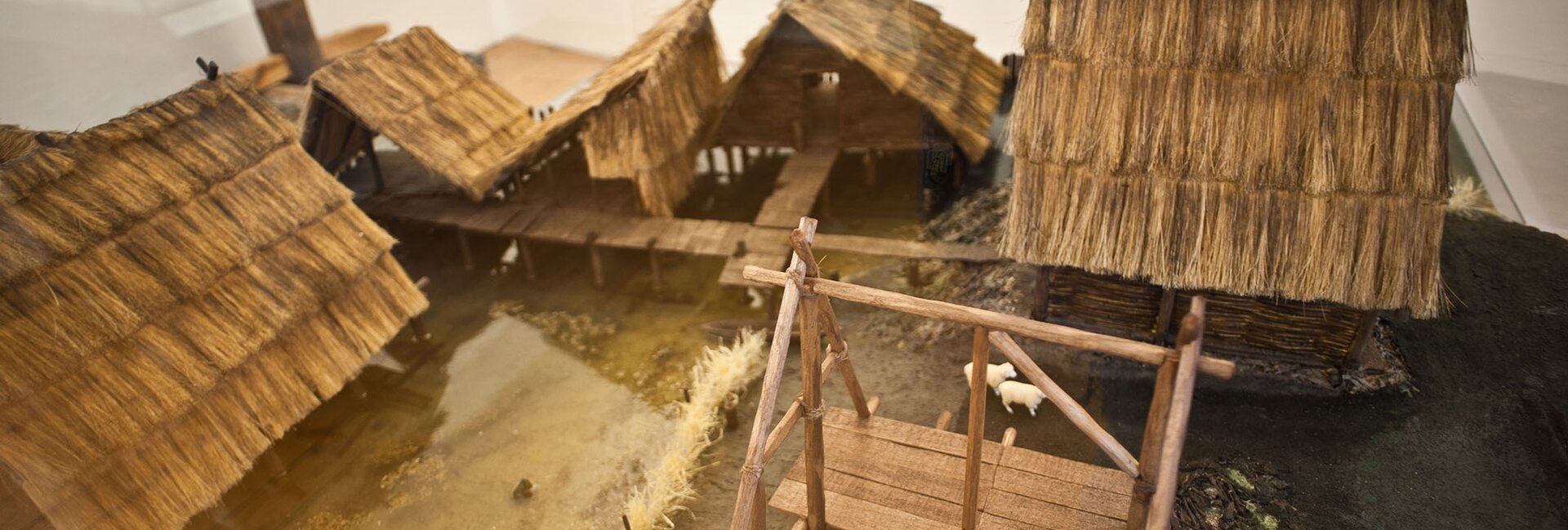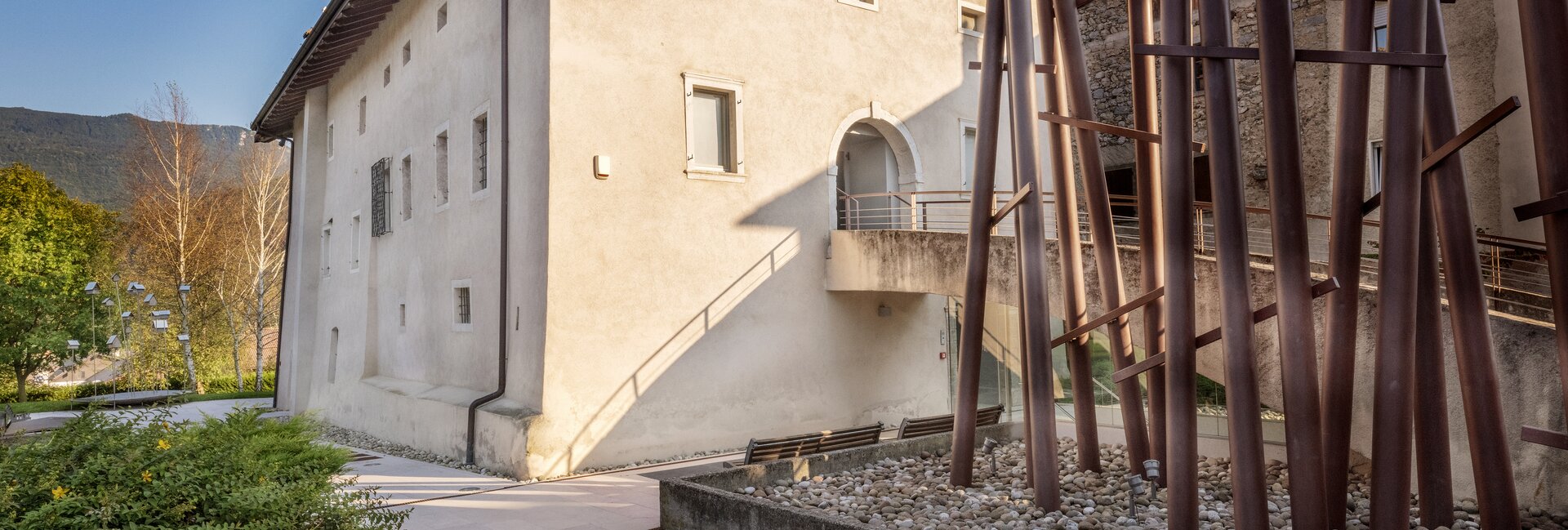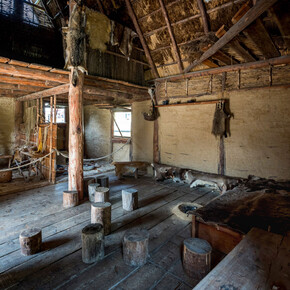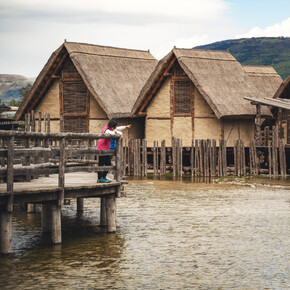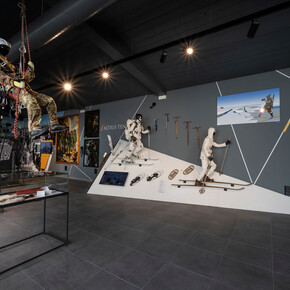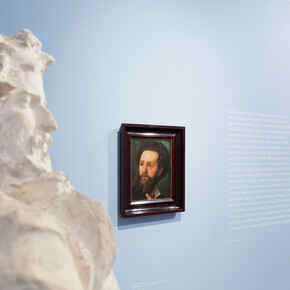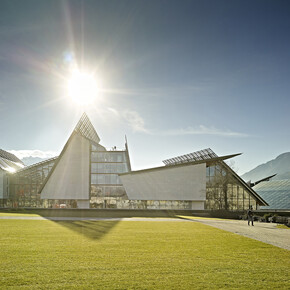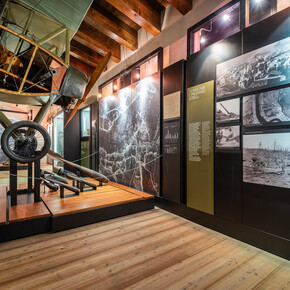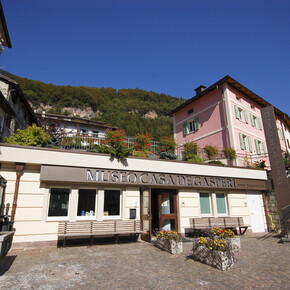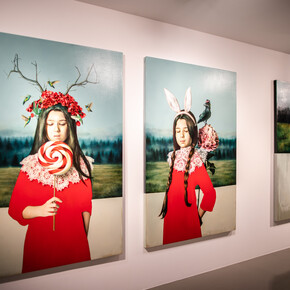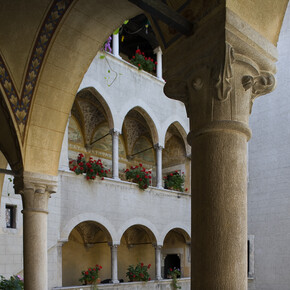Fiavé Pile-dwelling Museum
The Museum houses wooden objects and food, amazingly still intact after nearly 4 thousand years
- Findings from the Mesolithic, at the end of the Bronze Age
- About 300 items, tableware, wooden kitchen and working tools
On the shores of Lake Carera, of glacial origin and now a peat bog, man has been living at least from the Mesolithic era (7 thousand years B.C.) to the end of the Bronze Age. Between the 4th and 2nd millennium B.C. there were pile-dwelling villages here, still visible today in the archaeological area.
The museum hosts a selection of the extraordinary objects found by archaeologists, especially pottery, but also jewels made of bronze and – very rare at the time – Baltic amber and gold.
Quite exceptional are the wooden objects, some of the most ancient in the world, having been preserved for 3,800-3,400 years: cups, ladles, whisks, trays, buckets, clubs, sickles, drills, axe handles. And then the remains of food that these people used to grow and gather.
One whole floor is entitled A day in a pile-dwelling: the reconstruction of daily life in a village of about 3,500 years ago!
-
Disabled access
-
Friends
-
Great for families
Contact & Directions
38075 Via 3 Novembre, 53 - 38075 Fiave' (TN)

